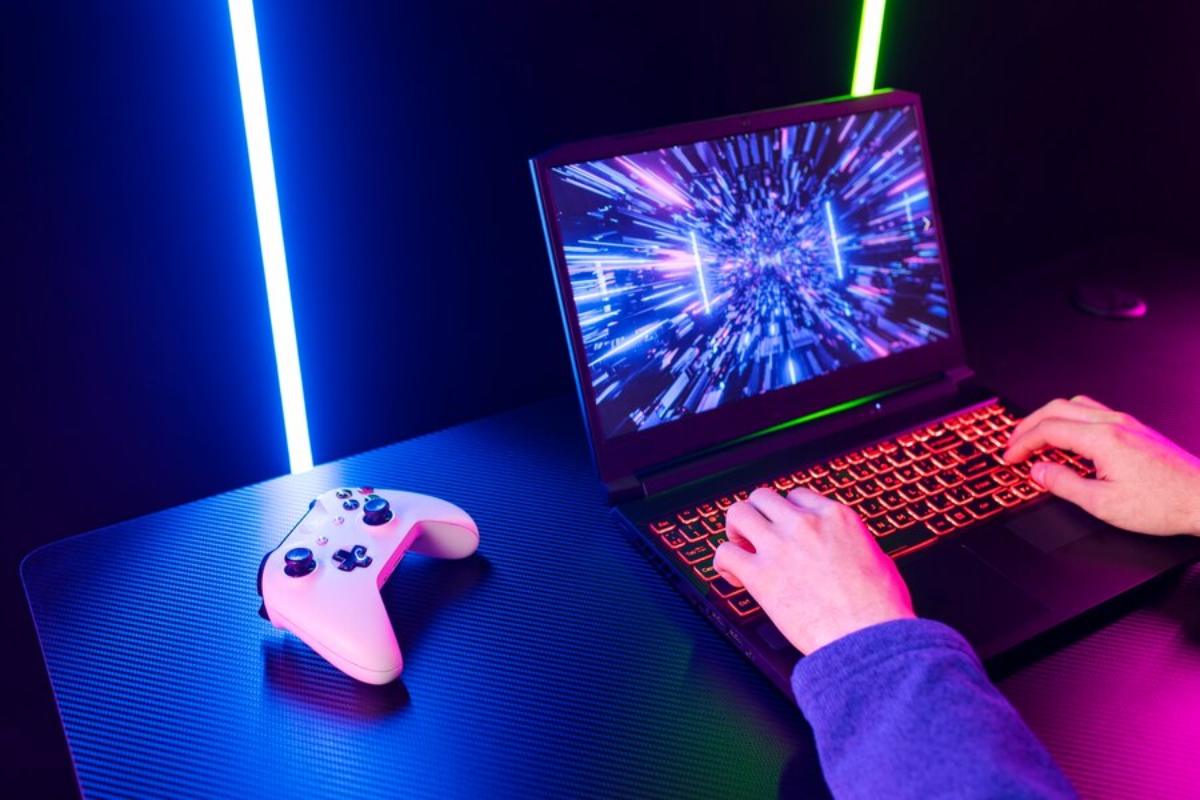A well-optimized PC ensures smooth gaming sessions and a more enjoyable experience. This guide will explain simple steps you can take to maximize your PC’s gaming performance. Tips, examples, and lists are included to make everything clear and actionable.
Update Your Hardware Drivers
Old drivers may hinder system performance and create compatibility problems.
Steps to Update:
- Graphics Card Drivers:
- For NVIDIA: Use the GeForce Experience app.
- For AMD: Use the Radeon Software Adrenalin Edition.
- Motherboard Drivers:
- Visit the manufacturer’s website for updates.
- Audio and Peripheral Drivers:
- Update sound card and gaming accessory drivers regularly.
Tips:
- Set drivers to auto-update where possible.
- Test your system after each update to ensure stability.
Adjust In-Game Graphics Settings
Optimizing in-game settings can improve performance without expensive upgrades.
Key Settings to Adjust:
- Resolution: Lower to 1080p for better frame rates.
- Graphics Quality: Reduce shadows, textures, and effects.
- Anti-Aliasing: Adjust anti-aliasing settings by turning them off or lowering them for better performance.
- V-Sync: Disable if you’re experiencing input lag.
Example:
- For competitive shooters, prioritize frame rates over visual fidelity by choosing “Low” settings.
Tips:
- Test settings one at a time to find the best balance.
- Use benchmarking tools like FRAPS to measure performance.
Manage Background Processes
Too many programs running in the background can slow your PC down.
Steps to Optimize:
- Task Manager:
- Open Task Manager (Ctrl + Shift + Esc).
- End unnecessary processes.
- Startup Programs:
- Disable non-essential programs from starting with your PC.
Example:
- Close apps like browsers, messaging tools, and unnecessary launchers while gaming.
Tips:
- Avoid ending critical system processes.
- Use lightweight software for streaming or communication.
Overclock Your Components
Overclocking your CPU or GPU can boost performance, but it requires caution.
How to Overclock:
- CPU:
- Use BIOS or software like Intel XTU or Ryzen Master.
- GPU:
- Utilize software such as MSI Afterburner or EVGA Precision X for fine-tuning settings.
Tips:
- Monitor temperatures during overclocking to prevent overheating.
- Increase settings gradually and test stability after each change.
Warning:
- Increasing clock speeds might void your warranty and lead to higher energy usage.
Clean Your PC
Dust and clutter can reduce cooling efficiency and slow your system.
Cleaning Steps:
- Internal Components:
- Clean your fans and vents using a can of compressed air.
- Avoid touching components directly.
- Software Cleanup:
- Uninstall unused programs.
- Clear temporary files using tools like CCleaner.
Example:
- Clean your GPU’s fan every three months to prevent overheating.
Tips:
- Keep your PC in a dust-free environment.
- Replace thermal paste on the CPU every 1-2 years.
Upgrade Your Hardware
Sometimes, optimization requires better hardware.
Components to Consider:
- RAM: Upgrade to at least 16GB for modern gaming.
- SSD: Install games on an SSD for faster load times.
- GPU: Upgrade if your current card struggles with new games.
Tips:
- Research compatibility before buying new parts.
- Consider budget-friendly options for minor upgrades.
Optimize Power Settings
Your power plan affects system performance.
Steps:
- Open “Control Panel.”
- Go to “Power Options.”
- Select “High Performance” mode.
Example:
- Gaming laptops should be plugged in and set to performance mode for best results.
Tips:
- Avoid power-saving modes while gaming.
- Use software like AMD Ryzen Master for fine-tuning power settings.
Optimize Network Settings
Reliable internet connectivity is essential for smooth online gaming sessions.
Steps to Improve:
- Router Placement: Position it centrally for better coverage.
- Wired Connection: Use an Ethernet cable for lower latency.
- QoS Settings: Prioritize gaming traffic on your router.
Example:
- Use a powerline adapter if your router is far from your gaming setup.
Tips:
- Avoid downloads or streaming while gaming.
- Restart your router periodically to maintain performance.
Use Game Mode and Boosting Software
Many operating systems and tools offer features to improve gaming performance.
Steps:
- Windows Game Mode:
- Enable in Settings > Gaming > Game Mode.
- Boosting Tools:
- Use apps like Razer Cortex or MSI Dragon Center.
Example:
- Game Mode can prioritize gaming processes, reducing background interruptions.
Tips:
- Test different boosting tools to find the most effective one.
Regularly Update Your Operating System
An updated OS can fix bugs and improve performance.
Steps:
- Go to Settings > Update & Security.
- Check for updates and install them.
Example:
- Windows 11 offers gaming-specific features like Auto HDR and DirectStorage.
Tips:
- Schedule updates during non-gaming hours.
- Keep backup copies of important data before major updates.
Conclusion
Optimizing your PC for gaming doesn’t have to be complicated. By following these steps, you can enjoy smoother gameplay, better visuals, and a more satisfying experience overall. Start with simple changes and gradually explore advanced optimizations as needed. Happy gaming!





